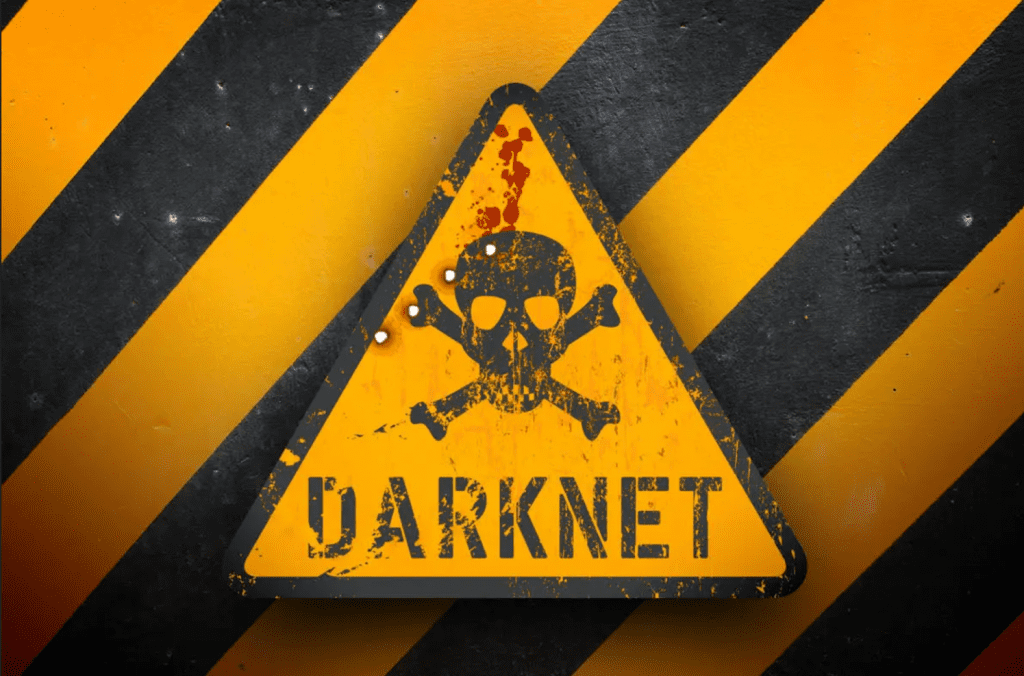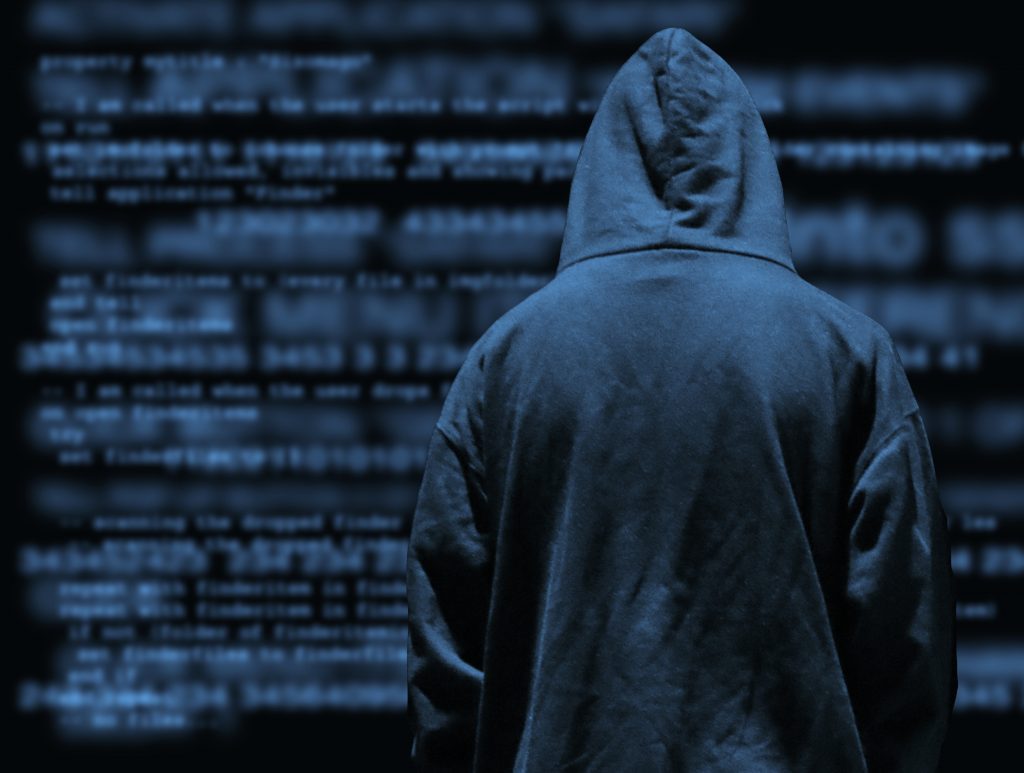
The Dark Web: its very name infers pictures of shadowy back streets, malicious, hard-confronted people, and socially harming actions. The Dark Web is a piece of the Internet that the vast majority likely don’t have the foggiest idea how to get to, nor need to investigate. An exceptional web browser is required just to arrive at it.
One such browser, implanted in a bigger networked system, is the broadly utilized Tor network. Solid encryption and anonymity protocols guarantee that the IP addresses of the servers that run these destinations stay stowed away so the specialists can only with significant effort distinguish who is utilizing them, regardless of whether they figure out how to recognize an illegal website and spot it under observation. While it is hard to find out the degree of culpability on the dark web, a recent report observed the most widely recognized sort of content mentioned by those utilizing stowed away administrations through Tor was child pornography followed by dark marketplaces.
What is Dark Web?
The dark web is that piece of the Internet that can’t be accessed through traditional web crawlers like Google. Anything present on the dark web won’t be pulled up on the internet look, subsequently offering a serious level of anonymity. The dark web itself is just a piece of the profound web that is a more extensive idea, which additionally incorporates things like your bank articulations which are accessible on the web but won’t be pulled up in summed up Internet look.
Dark web users allude to the ordinary web as the surface web. The dark web is accessed by unknown organizations with the most notable one being the TOR browser, another way to say “The Onion Ring”. It is a free programming that users download from the Internet to secretly access the dark web. Created during the 1990s by the United States Naval Research laboratory workers to secure US intelligence communications on the web, it is named so as the traffic from the browser makes a few layers like those of an Onion before arriving at the objective webpage.
Nature of Content on the Dark Web

In February 2016, in a review named ‘Cryptopolitik and the Darknet’, specialists Daniel Moore and Thomas Rid from King’s College London scratched a part of the TOR network for a time of five weeks to examine its substance. Of the 2,723 websites they could characterize by content, 1,547 – 57 percent – facilitated unlawful material going from drugs (423 destinations), ill-conceived pornography (122), and hacking (96), among others. ‘The outcomes recommend that the most well-known utilizations for websites on TOR stowed away administrations are criminal, including drugs, unlawful money, and pornography including savagery, children and creatures,’ the review said.
There were likewise reports of signs in subtleties of streaming destinations like Netflix being sold on the dark web marketplaces for modest rates. Perhaps the most notorious dark web marketplace was the Silk Road, most popular for selling illegal medications that were at last busted by the FBI.
Is it true or not that the Dark Web has the potential to gain?
The organization is additionally utilized by a few activists, particularly those living under harsh systems to convey with no administrative oversight. The TOR network was utilized by activists during the Arab Spring and is known to have been utilized by Chinese residents. It is known to have enormous virtual libraries accessible to scientists and understudies.
How do Law Enforcement Agencies deal?
In the West, there is a discussion over unscrambling interchanges to get lawbreakers which has been gone against by activists as it would change everybody’s information. Cyber specialists say that some FBI officials in the US go secret on the dark web to monitor illegal exercises happening there. In India, there have essentially been two cases in the previous year in Chennai and Mumbai where LSD was bought on the dark web utilizing bitcoins. Mumbai DCP (Anti-Narcotics Cell) Shivdeep Lande said, “The facts confirm that if there should arise an occurrence of medications like LSD the dark web is a major provider.
For a situation last year, where we got five understudies from Mumbai, they had obtained 1,400 LSD specks worth Rs 70 lakh through the dark web. They would WhatsApp the number of LSD strips they needed to a companion in the US who was an individual from a dark web organization. He then, at that point, put in a request with a cartel from the western European nation and gave the Mumbai address of the young men where it was couriered. The majority of these captures can be made solely after the package is conveyed as it is extremely challenging to break into the dark web organization of these cartels that have practical experience in drug providing, arms supply or illegal exploitation.”
Policing the Darkweb

The initial phase in recognizing a suspect online is to follow the Internet Protocol (IP) address. This is preposterous when an individual has accessed a website through a dark web browser like Tor. A user needs no expert knowledge or hardware to download or access locales utilizing Tor, so with a base degree of specialized aptitude, any person with a PC and access to the internet can become unidentifiable to LEAs who are utilizing traditional investigative techniques to expose a user’s IP address. Most LEAs and the UK’s insight and security networks remain justifiably mysterious according to the instruments and techniques used to expose dark web lawbreakers.
While there is no conclusive rundown of all policing techniques used to examine crimes perpetrated on the dark web it is conceivable from openly accessible data to see which techniques are most frequently utilized. While the dark web has historically been depicted as a space past the span of law authorization, where crooks are ensured by a cloak of mechanical anonymity, this is presently not the truth. Police everywhere, including the UK, have conveyed a wide cluster of various techniques to distinguish, capture and convict street pharmacists, weapon buyers, child pornographers, fear-based oppressors, and different lawbreakers.
One of the most usually involved policing techniques in all digital examinations, remembering those for the dark web is the utilization of Open-Source Intelligence. OSINT is information and data that is gathered lawfully from open and freely accessible resources. Getting the data doesn’t need any kind of furtive exertion and it is recovered in a way that is lawful and meets copyright prerequisites. There is a wide scope of OSINT instruments accessible, some of which are explicit to the dark web. This can emerge out of gathering posts in web-based networks, user-produced contact, long-range informal communication destinations, wikis, web journals, and news sources, among others. The Investigatory Powers Commissioner’s Office 2018 yearly report noticed that ‘inward oversight of open-source action was insufficient’ and the IPCO expected to see improvement by the following assessment.
Helpless recording of OSINT movement can prompt issues in agreeing with divulgence in an ensuing indictment as well as an inability to perceive when an action requires a coordinated reconnaissance authorization.
Cybercriminals should observe a harmony between covering their personality to dodge law implementation and leaving a piece of their character exposed to draw in expected criminal collaborators and ‘clients’. One of the biggest dark web marketplaces, Silk Road was eventually brought down because of open-source data. The Silk Road in its beginning phase had been promoted on a bitcoin discussion utilizing a personally recognizable email address. This prompted the capture and at last fruitful arraignment of Ross Ulbricht known by the nom de plume Pirate Roberts in the United States.
What do the laws say about the proof assembled by researching organizations through the dark web?
Lawyer Ravindranath Balla, addressing activist Varavara Rao, who was captured by the Maharashtra Police which professed to have found letters sent by activists through the dark web that supposedly demonstrate them to be important for the prohibited CPI (Maoist) association, said that according to the altered Evidence Act, an autonomous expert need to affirm the Internet Protocol (IP) address of the individual sending the letter and the one getting it. The police have, in any case, guarantee that the activists utilized rise in, a dark web entry where the IP addresses are held back.
Cyberlaw advocates Vicky Shah and Prashant Mali, nonetheless, said that there are instruments utilizing which those utilizing the dark web and proxy servers can be followed. Mali said, “as far as evidence the IP address is only one of the factors. There is in every case some linkage that can be set up, for instance, the proxy’s name utilized by the individual on the dark web or the other hand assuming he has utilized his debit or credit card details online that can be followed to him. Gathering evidence on the dark web activity is similarly troublesome yet not feasible as certain individuals will quite often accept.”
Need for revising the Laws
Cyberlaw expert and Supreme Court advocate Karnika Seth said that notwithstanding the darknet, you have self-destructive mailboxes and proxy servers where individuals can utilize counterfeits Ids. It most certainly makes it hard to demonstrate a specific charge and there is a prerequisite for revision to the Information Technology Act and Evidence Act.
An official said that the Information Technology Act that presently manages digital wrongdoing is on a fundamental level a code of web-based business and goes under the Ministry of Electronics and Information Technology. There are just six sections in the law that deal with cybercrime. With the changing occasions, we want a code of criminal procedures managing cyber-crime that would go under the Ministry of Home Affairs, which manages policing issues. Shah, notwithstanding, said that more than managing more up to newer laws, there is a requirement for police prepared in changing digital patterns who are devoted distinctly to cyber-crime and not moved to other police units.
Conclusion
Internet policing is perhaps not great. It would be better if individuals recently quit utilizing anonymous organizations such as Tor to do illegal things. That would permit the organization to be utilized to bypass censorship and observation in abusive nations with next to none of the socially harmful overflow that internet-based anonymity produces.
The network is delicate, regardless of its flexibility, and if we attempt to track down a fast and simple technological fix to friendly issues, we run the genuine danger of breaking the Internet. Rather than disposing of Tor or breaking the anonymity and encryption of the system through back entryways for law implementation, the spotlight ought to rather be on policing what continues upon the actual network. Policing enjoys the benefit of limiting the costs that the Dark Web forces on society while permitting the Dark Web to have the greatest potential beneficial outcome universally. It is somewhat flawed, yet it is everything we can presumably manage.
Editor’s Note
The article discusses the various traits and features of the dark web, how it can be accessed and the various ways in which people can use it for personal benefit. The article also uses articles and research from sources such as the police and various news reports to piece together exactly how cases of dark web exploitation are dealt with and the various ways in which an illegal act on the dark web can be traced back to a person. It also looks at the need for stronger laws surrounding cybercrime and associated online personas created by people through the use of apps such as Instagram and Facebook, in addition to online browsers such as Tor and Chrome. The article uses the information collected to present a conclusion along with the argument that there is a need to control the dark web and a necessity to restrict the access people have to it and the need for stronger cyber cells to make sure that these crimes are traced back to their roots as soon as possible.